
The burning question that most new, and even experienced, teachers have is what types of writing to teach and how to structure it all within a school year. Most of us are beholden to meet state standards and this can leave us feeling like we are teaching to the test rather than helping students produce “real-world” writing.
The good news is we can do both! Our students can have success on standardized tests and become strong writers. The answer lies in using a framework rather than a formula. Formulas can cause students to write awkwardly as they try to fill in the pieces. On the other hand, a scaffolded framework that helps students naturally progress through a typical essay structure will allow them to think freely and imaginatively. Their writing will become increasingly clear, concise, and engaging to the reader. All of the workshops used in this curriculum are framework-based.
Feel free to grab my year long CCSS aligned scope and sequence with monthly lesson plans. I have been honing this curriculum for 16 years and it is designed in a spiral which introduces and revisits content throughout the year, building upon each skill with increasing complexity.
INCLUDED:?Yearly Overview? Spiral Framework? Monthly Lesson Plans? CCSS Standards Alignment For Each Lesson Plan? Overview and Rationale For Each Lesson Plan? Student Skill Tracker
Each quarter in this sequence focuses on one of the 4 major writing tasks: Narrative, Literary Analysis, Argumentative, and Informational. Subsequent activities relate and support these writing tasks. Here is a brief overview.
QUARTER 1-MAJOR WRITING TASKS:NARRATIVE WRITING & LITERARY ANALYSIS, R.A.C.E. CONSTRUCTED RESPONSE WRITING Literary Elements: plot, setting, conflict, theme, character, figurative language
QUARTER 2-MAJOR WRITING TASKS: ARGUMENTATIVE ESSAY AND THESIS STATEMENT WRITING Literary Elements: Dialogue, mood, inferences, symbolism, plot, theme, characters, foreshadowing, conflict.
QUARTER 3-MAJOR WRITING TASKS: INFORMATIVE WRITING, THESIS STATEMENT, SHORT CONSTRUCTED RESPONSEELA test prep
QUARTER 4-MAJOR WRITING TASKS:END OF YEAR WRITING REVIEW, LETTER WRITING Literary Element: Review
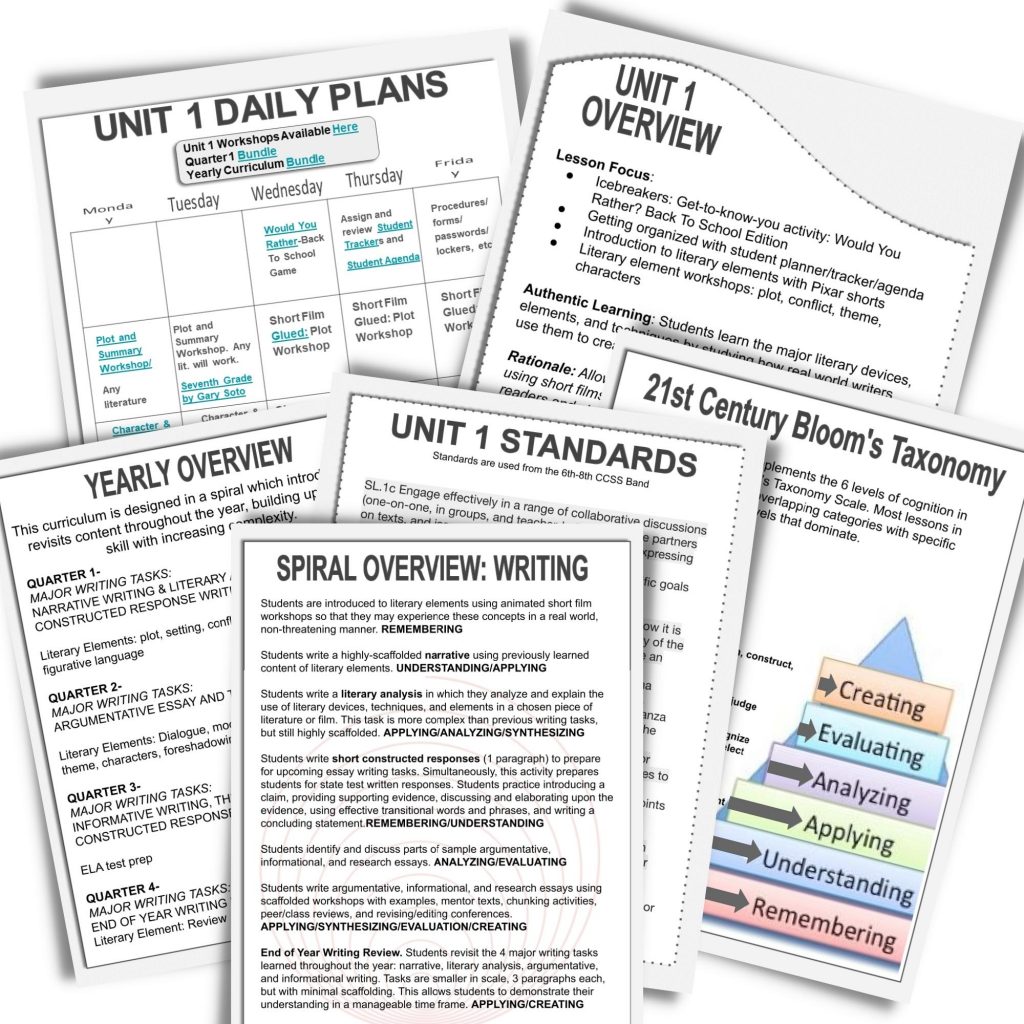
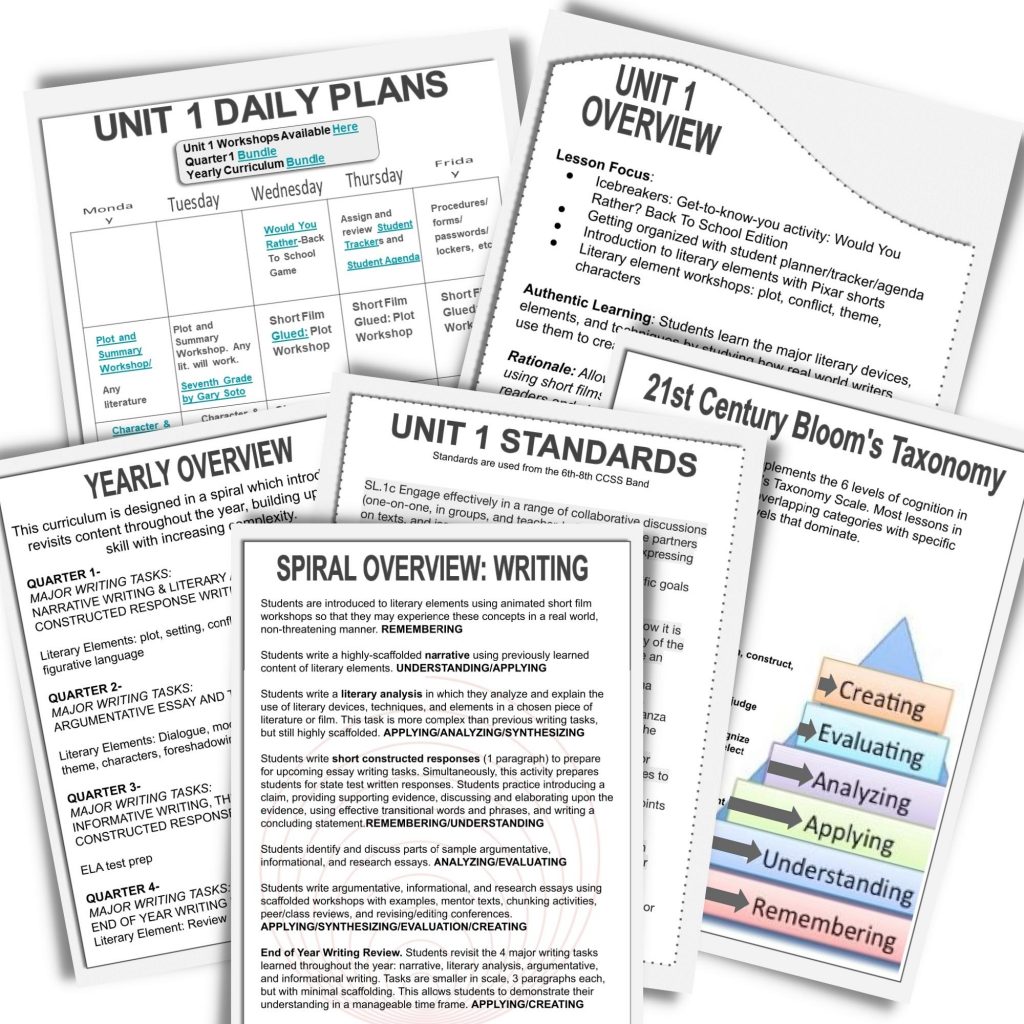
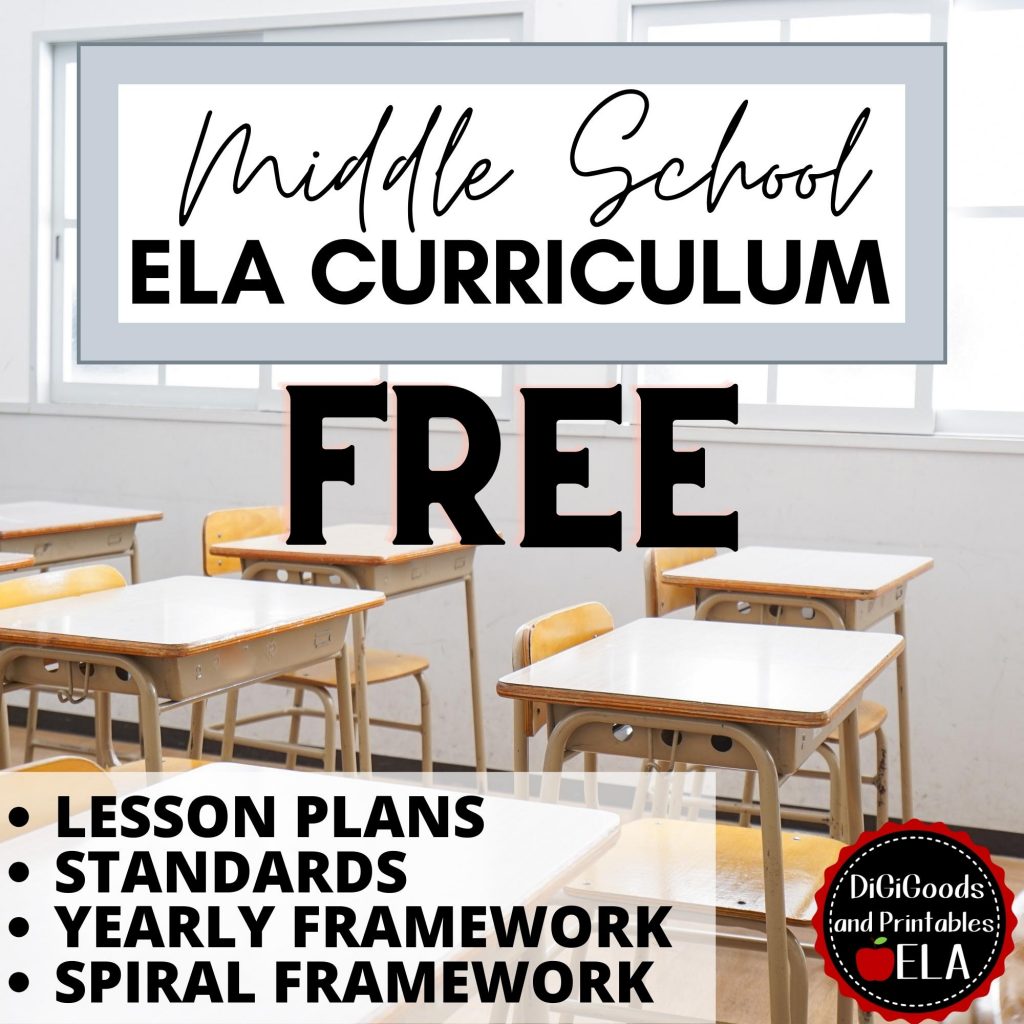
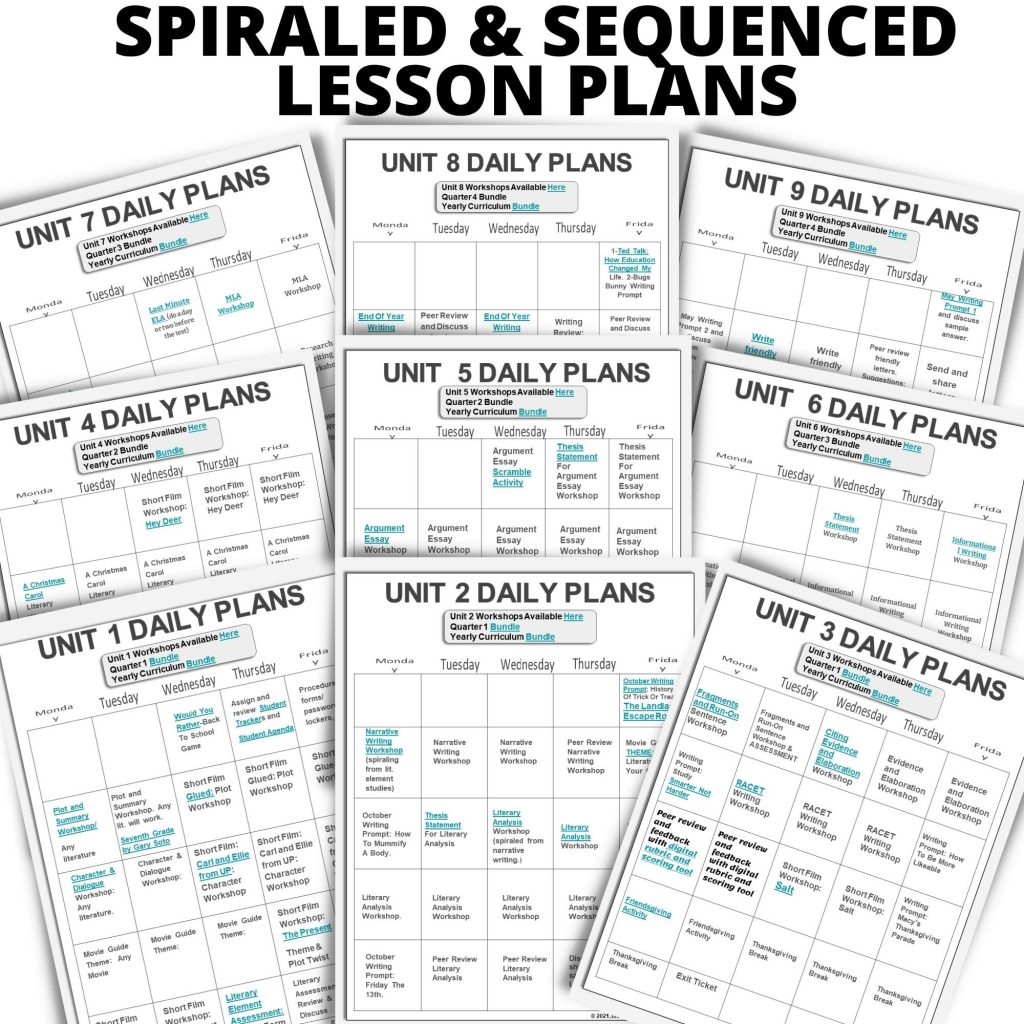
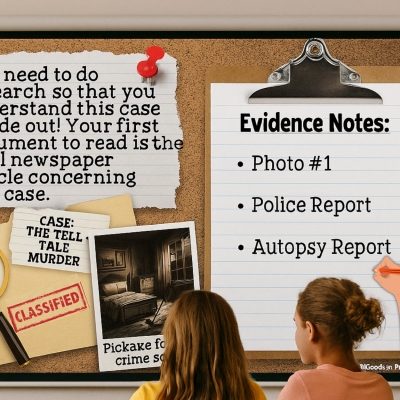


Leave a Reply